Amidst the recent turbulence in aviation, the blowout incident involving a Boeing 737 Max 9 has thrust safety concerns into the spotlight once again. As an aviation enthusiast and safety advocate, I feel compelled to delve into the complexities surrounding this issue and shed light on its implications for the flying public.
The explosive decompression incident on January 5, 2024, following three prior flights with warning signals about cabin pressurization, has prompted federal regulators to ground planes and intensify scrutiny of Boeing’s manufacturing processes. This raises critical questions about competence and accountability within the aviation industry.
As I reflect on the significance of this incident, I am reminded of the intricate web of responsibilities and processes involved in ensuring aircraft safety. From the initial design and testing phases to the rigorous certification and approval procedures, every step must adhere to stringent regulatory standards set forth by the Federal Aviation Administration (FAA).
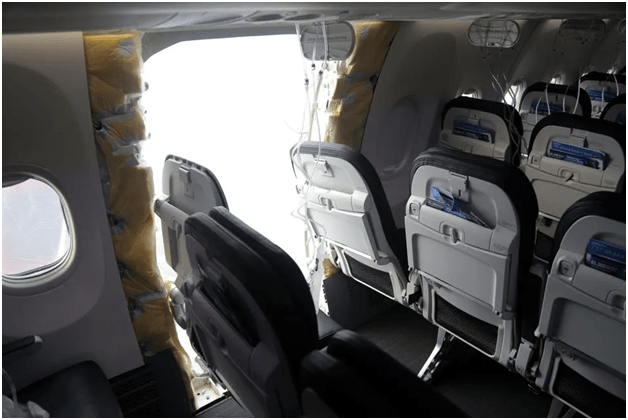
A photo by the NTSB via AP depicts the opening in a Boeing aircraft where a door plug was lost midflight.
One key aspect highlighted by this incident is the responsibility of aircraft manufacturers, such as Boeing, in ensuring the integrity and safety of aircraft components. While airlines are responsible for maintenance and operational procedures, it is the manufacturers who bear the ultimate responsibility for the design, manufacturing, and performance of aircraft systems.
In the case of the Boeing 737 Max 9, the ejection of a component called a “door plug” from the fuselage has raised concerns about the manufacturing process and quality control measures. The fact that these incidents occurred despite multiple rounds of quality checks underscores the need for a comprehensive review of Boeing’s procedures and protocols.
As the FAA conducts its investigations into this matter, it is essential to consider the broader implications for the aviation industry and the flying public. With a significant number of aircraft grounded pending inspections, airlines are grappling with operational disruptions and financial losses.
In times like these, transparency and accountability are paramount. Boeing must take proactive measures to address these issues head-on and regain the confidence of stakeholders, including airline executives, pilots, engineers, and passengers. By fostering open dialogue and collaboration, Boeing can demonstrate its commitment to safety and quality.
Looking back at similar challenges faced by other aircraft manufacturers in the past, it is evident that overcoming such crises requires a concerted effort and a commitment to continuous improvement. McDonnell Douglas, ATR, and Airbus have all navigated through turbulent times by prioritizing safety and implementing corrective measures.
As Boeing charts a path forward, it is my sincere hope that the company prioritizes safety over production goals and profits. By placing the well-being of passengers and crew at the forefront, Boeing can rebuild trust and uphold its reputation as a leader in the aviation industry.
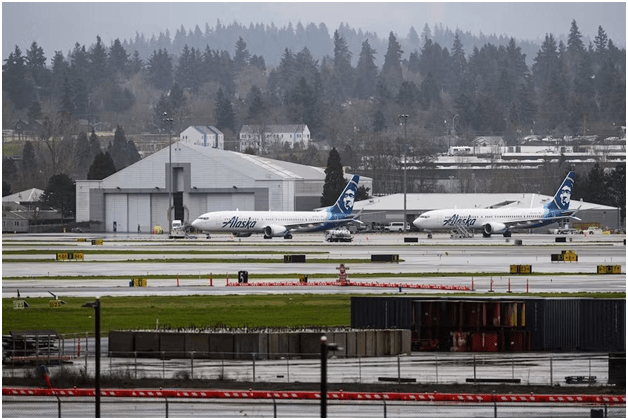
Two Boeing 737 Max 9 planes sit grounded at an Oregon airport, awaiting approval to resume flying. Photo credit: Mathieu Lewis-Rolland/Getty Images.
Here is what none of the reports on this impending disaster did not mention, probably for fear of dissuading the public from flying on these Boeing aircraft. This incident occurred at an altitude of 16.000 feet! While this was a miracle there were no casualties, imagine if this door was ejected at a normal cruising altitude in excess of 30.000 feet! I would suggest that this would not been a no casualty event, as by this time several passengers would not be wearing their seat belts!
Even though the crew are well trained on depressurization emergency procedures, I almost guarantee that the time it takes in an emergency descent to bring the aircraft to a lower and safer altitude, the explosive effects of the depressurization may have resulted in fatal injuries to flight attendants and passengers.
In the coming weeks and months, I will continue to monitor developments in this ongoing saga and provide insights into how the aviation industry can learn and grow from these challenges. Stay tuned for more updates and analysis on Aviation Hotshot.
Get in Touch
If you have any comments or insights to share, I invite you to reach out to me directly via email.
Dave Rohee
Email: info@aviationhotshot.com

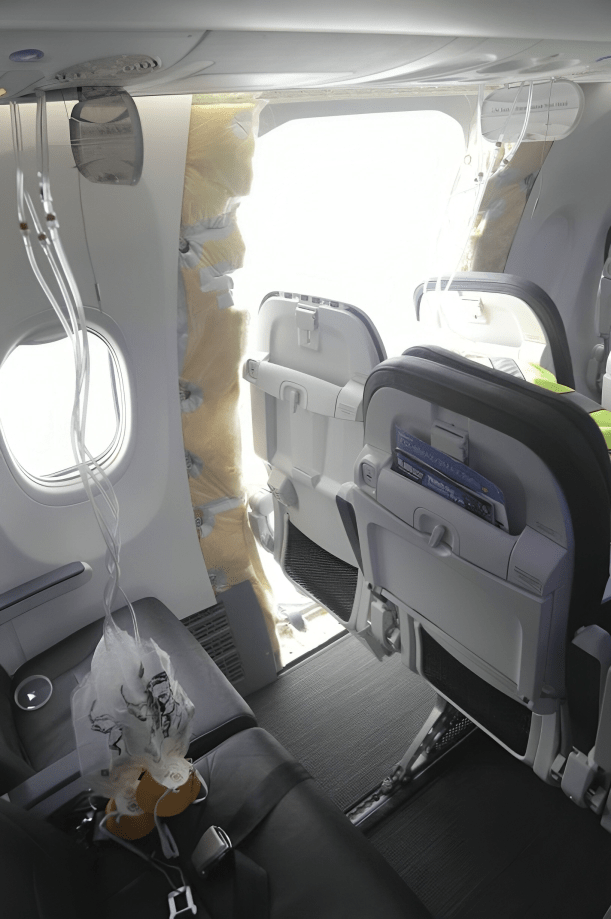
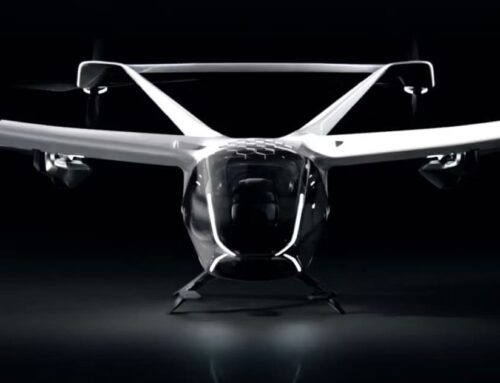
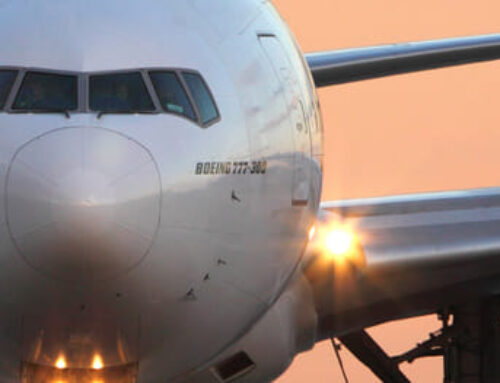
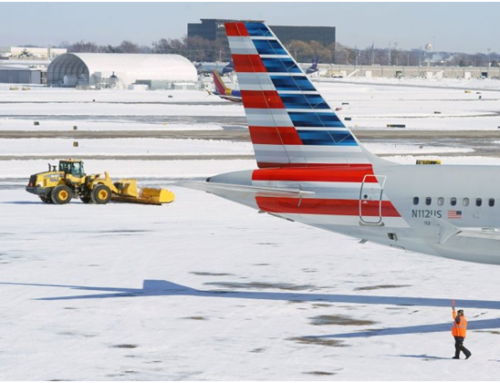
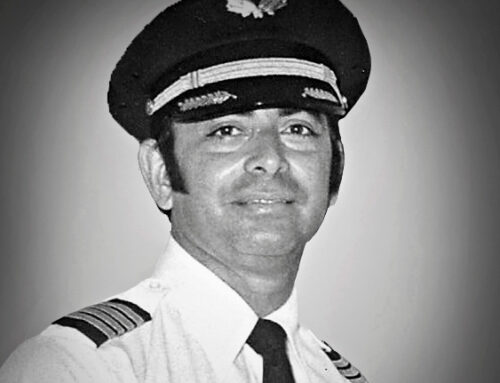
Leave A Comment